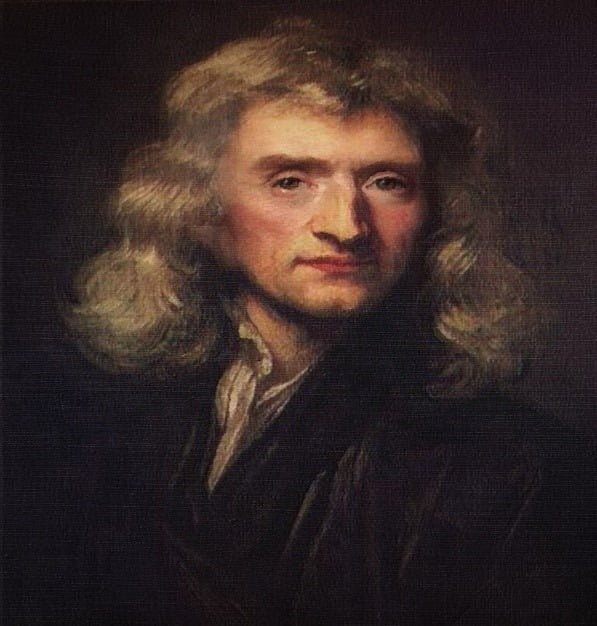Isaac Newton

“Yet one thing secures us whatever betide, the scriptures assures us that the Lord will provide.”
- Isaac Newton was born on January 4, 1643, in Woolsthorpe-by-Colsterworth, Lincolnshire England, and died on March 31, 1727, in Kensington, Middlesex, Great Britain. He was an English mathematician, astronomer, theologian, physicist, and writer (described in his period as a “natural philosopher”) who is broadly recognized as one of the greatest mathematicians and most influential scientists of all time and as a key figure in the scientific revolution.
- His book Philosophy Naturalis Principia Mathematica was first published in 1687, made with classical mechanics. Isaac also made influential contributions to optics and shares credit with Gottfried Wilhelm Leibniz for developing the infinitesimal calculus.
- Newton was educated at The King’s School, Grantham and was tutored in both Latin and Greek and is where he developed a significant foundation in mathematics. He was pulled out of school and returned home to Woolsthorpe-by-Colsterworth in October 1659. His mother, widowed for the 2nd time, tried to make him a farmer, an occupation he hated. Henry Stokes, a master at the King’s School, convinced his mother to send him back to school. After returning to school, Newton became the school’s top-ranked student.
- When Newton was 3, his mother re-wed and moved to live with Reverend Barnabas Smith, her new husband. She left Isaac in the care of his grandmother, Margery Ayscough. Isaac hated his stepfather and held some conflict with his mother for marrying him.
Published in his lifetime

- De analysi per aequationes numero terminorum infinitas (1669, published 1711)
- Of Natures Obvious Laws & Processes in Vegetation (unpublished, c. 1671–75)
- De motu corporum in gyrum (1684)
- Philosophiæ Naturalis Principia Mathematica (1687)
- Scala graduum Caloris. Calorum Descriptiones & signa (1701)
- Opticks (1704)
- Reports as Master of the Mint (1701–1725)
- Arithmetica Universalis (1707) – Published posthumously
- De mundi systemate (The System of the World) (1728)
- Optical Lectures (1728)
- The Chronology of Ancient Kingdoms Amended (1728)
- Observations on Daniel and The Apocalypse of St. John (1733)
- Method of Fluxions (1671, published 1736)
- An Historical Account of Two Notable Corruptions of Scripture (1754)
To see more information about this topic or other religious topics, you may check the books and magazines available at www.wisdomebooksclub.com or visit our peals of wisdom page page by clicking on this link to access more interesting blog articles, games, quizzes, music videos, religious poems, Jewish recipes, popular sermons, and more.
